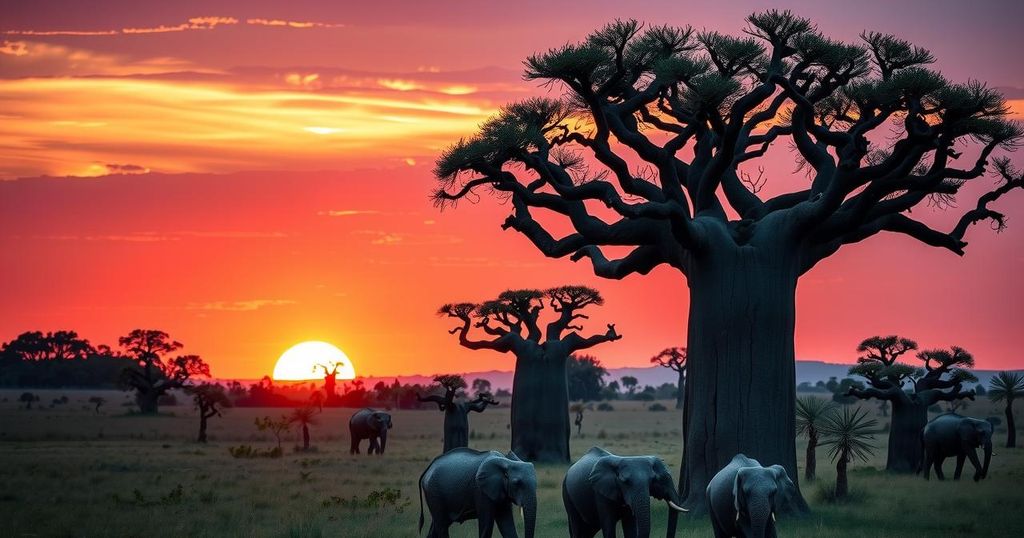The Government of India has secured a 9,000 sq. km block in Zambia for copper and cobalt exploration, aimed at supporting clean energy and EV industries. Zambia, the seventh largest copper producer globally, has significant mineral resources. This acquisition comes as global copper demand is expected to rise due to advancements in technology and infrastructure, while India’s copper production has been in decline.
The Government of India has successfully secured a significant 9,000 square kilometer exploration block in Zambia aimed at copper and cobalt mining. This strategic initiative underlines India’s commitment to securing essential minerals to support its clean energy and electric vehicle (EV) battery sectors. The project will be spearheaded by the Geological Survey of India (GSI).
Zambia, a landlocked nation in Southern Africa, shares borders with several countries including Angola, the Democratic Republic of the Congo, Tanzania, Malawi, Mozambique, Zimbabwe, Botswana, and Namibia. The country is characterized by notable geographic features such as the Zambezi, Kafue, and Luangwa Rivers, as well as mountainous regions including the Nyika Plateau and Mafinga Hills, all contributing to a rich variety of minerals.
Zambia is recognized as the seventh largest copper producer in the world, competing behind Chile, the leading global producer. The recent acquisition by India focuses on a copper exploration project located in the Northwestern Province of Zambia.
The rising demand for copper is driven largely by the growth in electric vehicle manufacturing and advancements in clean energy technologies, necessitating vast quantities of copper. Significant factors influencing global demand also include infrastructure development, defense initiatives, and innovations in electronics, with forecasts indicating a projected supply shortage by 2035, spurring countries to secure copper reserves.
India’s copper production has seen a decline of 8% since the 2018-2019 fiscal year, with Hindustan Copper Limited being the sole government-owned producer in the country. Key copper mines in India include Malanjkhand in Madhya Pradesh, the largest open-pit mine; Khetri in Rajasthan, a crucial underground mine; and the Singhbhum Belt in Jharkhand, one of India’s oldest copper-producing regions.
The Government of India’s acquisition of a substantial exploration block in Zambia signifies a proactive approach to securing critical minerals essential for clean energy and EV technologies. With Zambia’s prominence as a copper producer and the increasing global demand for copper, this strategic move highlights the importance of securing mineral reserves to support future industrial needs. As India faces challenges with its domestic copper production, international collaborations will be key to meeting demand.
Original Source: www.insightsonindia.com






